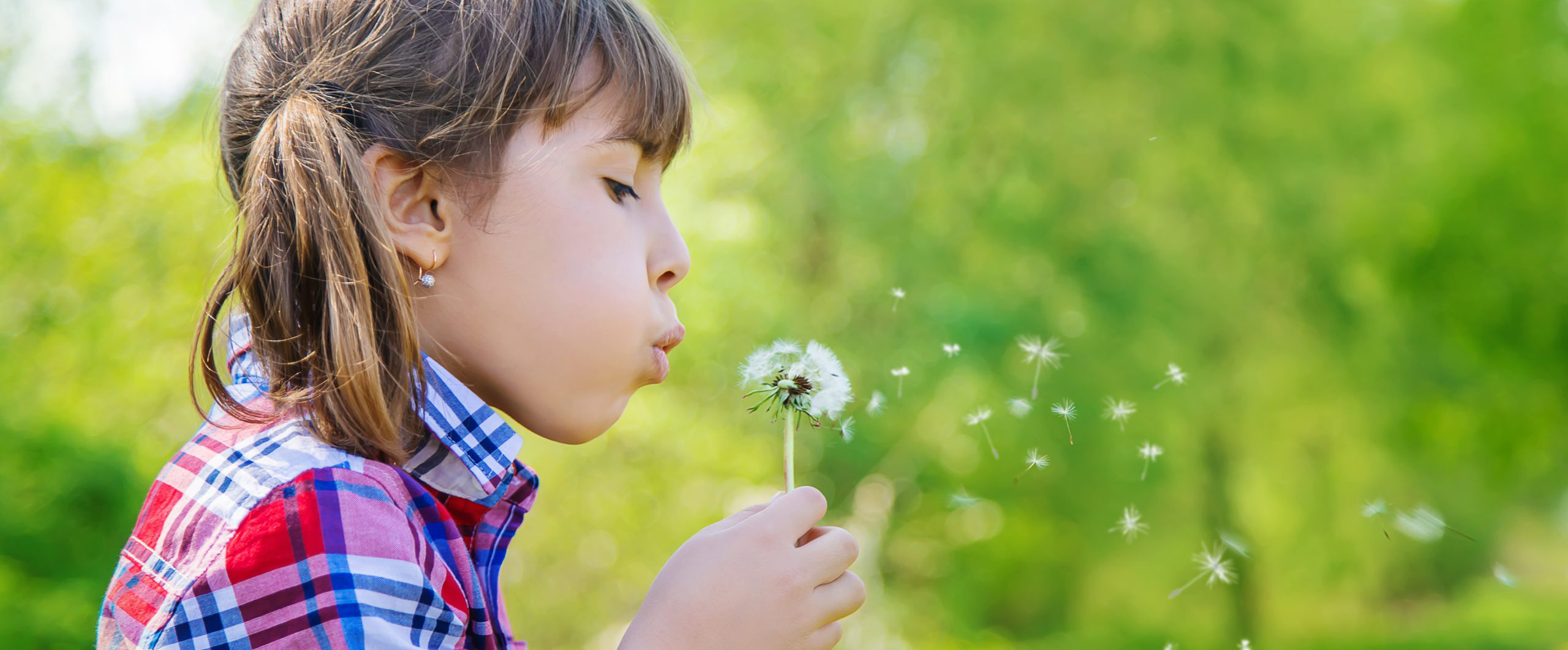
Areas of the Classroom
Practical Life
The exercises for practical life instill care for self, others and the environment. They are designed to teach the child to function in their own environment by teaching them how to interact with the things around them. The practical life area prepares the child indirectly for all other areas of the curriculum with order, concentration, coordination and independence. Practical life activities include some of the daily routines the child has already observed at home, such as preparing food, washing dishes, dressing oneself and practicing accepted societal rules of grace and courtesy. As the child progresses through the practical life work it becomes more involved.
Sensorial
Sensorial exercises deal with developing the five senses and exploring the physical properties of their environment. The activities in this area designed to develop cognitive skills, and help children classify and order impressions through touch, smell, sight, taste and sound. By developing the five senses, the child develops intelligence and independence. The sensorial area also includes geometry as the subject is introduced to the child through their senses.
Language
At the 3-6 age level, language exercises train the child to focus on sounds and noises and to discriminate between them. The Montessori classroom is rich in oral language opportunities, allowing the child to experience conversation, poetry, and stories. Children effortlessly link sound to symbol while tracing sandpaper letters with their fingers, thus encouraging the natural progression of written expression and reading skills. Writing is also included in the language area of the classroom.
Mathematics
Mathematical activities help children learn and understand math concepts by manipulating concrete materials. The work helps children acquire a solid understanding of basic mathematical principles, and prepares them for later abstractive reasoning Montessori mathematics focuses on numeration, the decimal system, and geometry. Our base ten system encourages the child to sequence and order his work. Beginning with numbers 1-10, 11-99, and 1-1,000, the children learn linear counting and recognition of numerals, which leads into addition, subtraction, multiplication and division concepts. This is done through fun activities which involve lots of movement, manipulatives and group work. As the child matures, individual work is encouraged and abstract learning begins to take place.
Culture
Cultural subjects include history, geography, art, physical science (botany, biology, zoology), music and physical movement. The aim of studying culture is to allow the child to experience their place in the universe. They begin by exploring similarities between their culture and others, and then have appreciation and respect for differences. They learn how all beings are fundamentally related and discover ways to feel they are significant beings in this world. Children learn about people and cultures in other countries with an attitude of respect and admiration.
